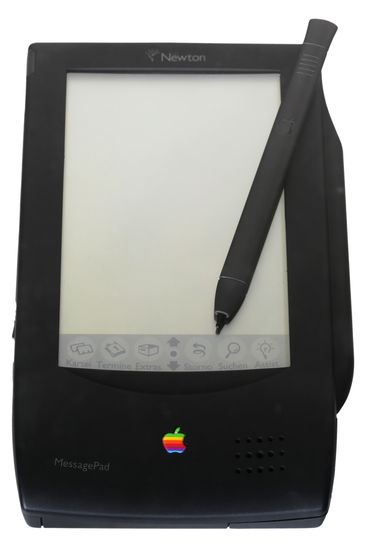The promise of a real dog-like robot that wouldn't chew up the furniture or poop everywhere made Sony's Aibo an instant hit. When Sony unleashed Aibo, the world's first robot dog, in 1999, 3,000 units in Japan sold out in just 20 minutes. This robotic pup was clearly barking up the right tree.
The mastermind behind Aibo, Toshitada Doi, spent six years perfecting this techno-canine while serving as Sony's senior vice-president. Aibo was a really good boy and it could bark, walk, growl, wag its tail, and even play with a ball—the perfect pet without the mess.
Despite its hefty $2,500 price tag, Aibo became a sensation, even starring in RoboCup, the four-legged Robot Soccer League.
Sony discontinued Aibo in 2006, but it made a triumphant return in 2017, now equipped with AI and advanced robotics, capable of recognizing faces, learning tricks, and developing a unique personality over time.
Related: Are We Panicking Yet? These 11 Jobs Could Soon Be Replaced by AI and Bots


















